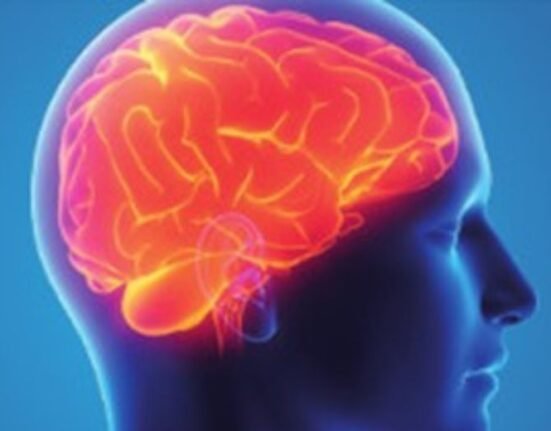HQ Team
April 18, 2024: Autism spectrum disorder (ASD) is a complex condition with an array of symptoms and severity levels making it challenging to pinpoint a singular cause. A new study conducted by researchers at the University of Virginia (UVA) offers a fresh understanding ASD focusing on image technology to measure molecular diffusion in brain tissues.
The study diverges from conventional approaches to autism research, which have primarily focused on behavioral observations. Instead, the UVA team leveraged diffusion MRI, a cutting-edge imaging technique that measures molecular diffusion in biological tissue, to delve into the physiological differences between the brain structures of autistic and non-autistic individuals.
Benjamin Newman, a postdoctoral researcher at UVA’s Department of Psychology and the lead of the study, utilized mathematical models of brain microstructures to identify structural disparities in the brains of individuals with autism. Newman explained, “What we’re seeing is that there’s a difference in the diameter of the microstructural components in the brains of autistic people that can cause them to conduct electricity slower. It’s the structure that constrains how the function of the brain works.
“This new approach looks at the neuronal differences contributing to the etiology of autism spectrum disorder,” he added
Electrochemical conductivity
The study team used concepts from Alan Hodgkin and Andrew Huxley, who won the 1963 Nobel Prize in Medicine for describing the electrochemical conductivity characteristics of neurons. They calculated the conductivity of neural axons and their capacity to transmit information through the brain. Their findings revealed distinct microstructural differences directly linked to participants’ scores on the Social Communication Questionnaire, a tool commonly used for autism diagnosis.
John Darrell Van Horn, a professor of psychology and data science at UVA, emphasized the significance of moving beyond behavioral observations in ASD research. He noted, “We need greater fidelity in terms of the physiological metrics that we have so that we can better understand where those behaviors [of autism] are coming from. But understanding those behaviors can be a bit subjective, depending on who’s doing the observing,” Van Horn said. “This is the first time this kind of metric has been applied in a clinical population, and it sheds some interesting light on the origins of ASD.”
Van Horn said there’s been a lot of work done with functional magnetic resonance imaging, looking at blood oxygen related signal changes in autistic individuals, but this research, he said, “goes a little bit deeper.”
“It’s asking not if there’s a particular cognitive functional activation difference; it’s asking how the brain actually conducts information around itself through these dynamic networks,” Van Horn said. “And I think that we’ve been successful showing that there’s something that’s uniquely different about autistic-spectrum-disorder-diagnosed individuals relative to otherwise typically developing control subjects.”
The study has potential applications in the examination, diagnosis, and treatment of other neurological disorders such as Parkinson’s and Alzheimer’s. Kevin Pelphrey, a neuroscientist at UVA and the study’s principal investigator, highlighted the study’s role in advancing precision medicine for autism. He stated, “This study provides the foundation for a biological target to measure treatment response and allows us to identify avenues for future treatments to be developed.”
The UVA research is part of the National Institute of Health’s Autism Center of Excellence (ACE) project. Van Horn underscored the significance of their work, stating, “This is a new tool for measuring the properties of neurons which we are particularly excited about. We are still exploring what we might be able to detect with it.”
The study marks a significant step forward in understanding the neurological underpinnings of autism spectrum disorder.
The study is available in the journal PLOS ONE.




